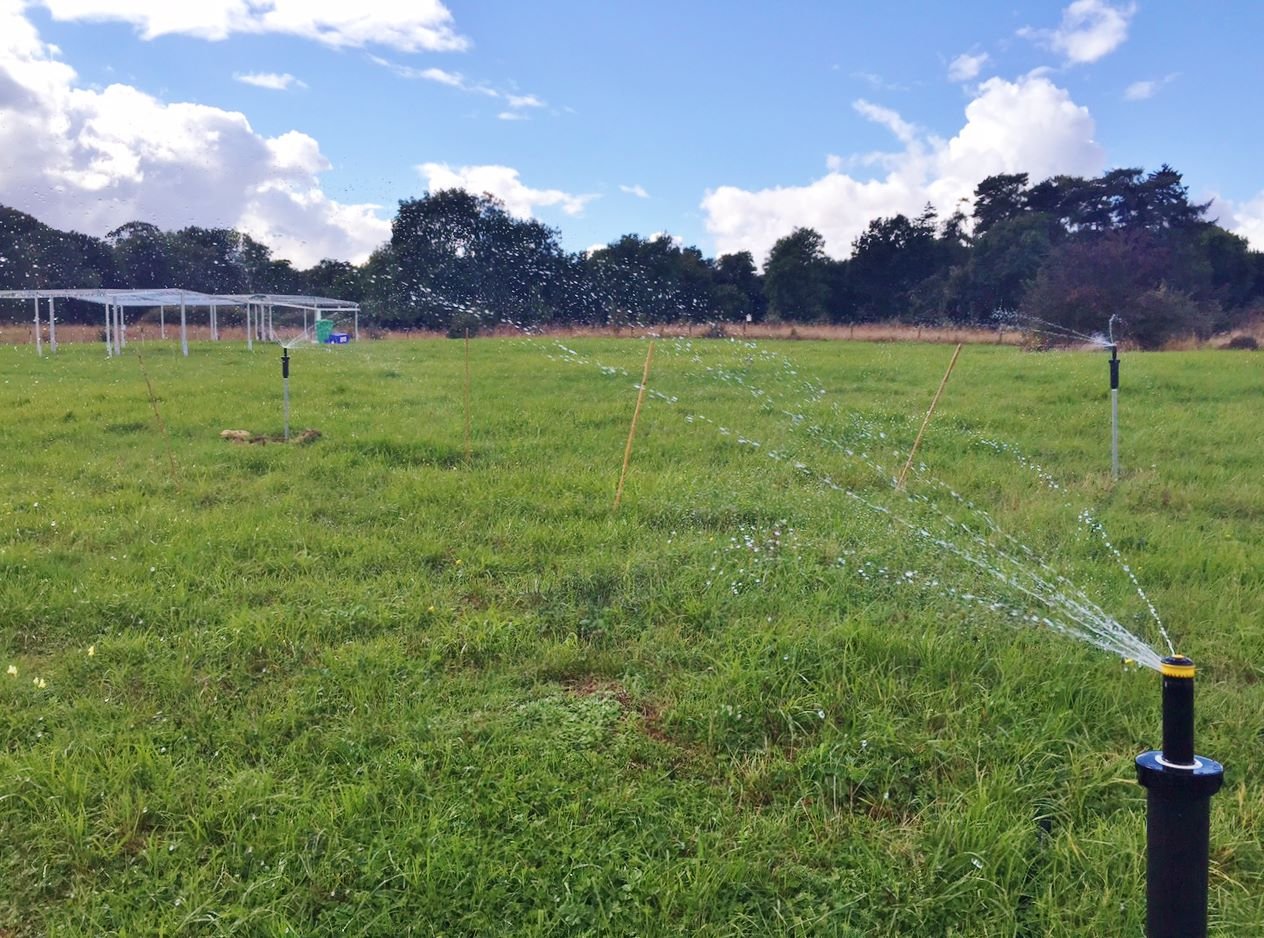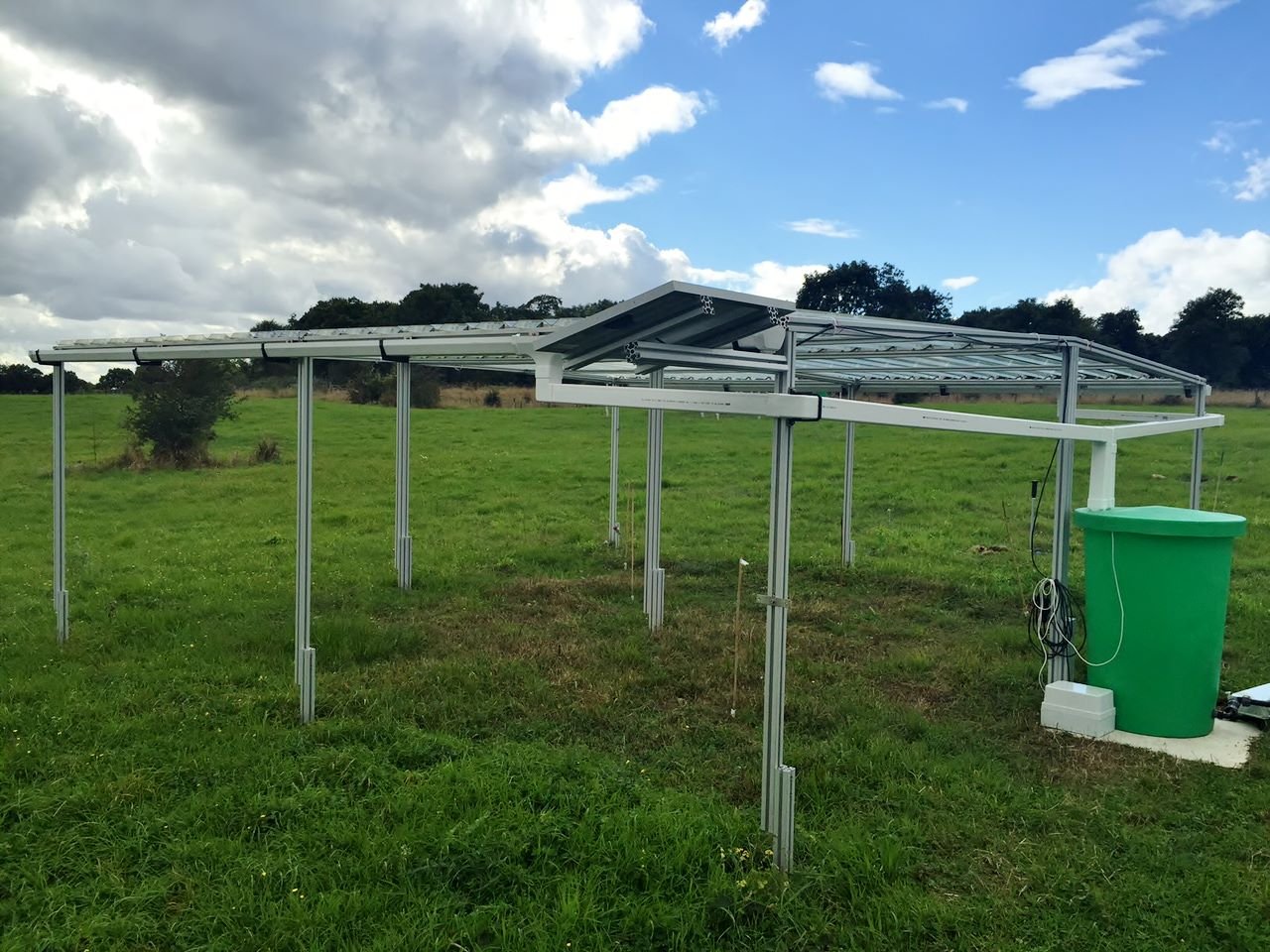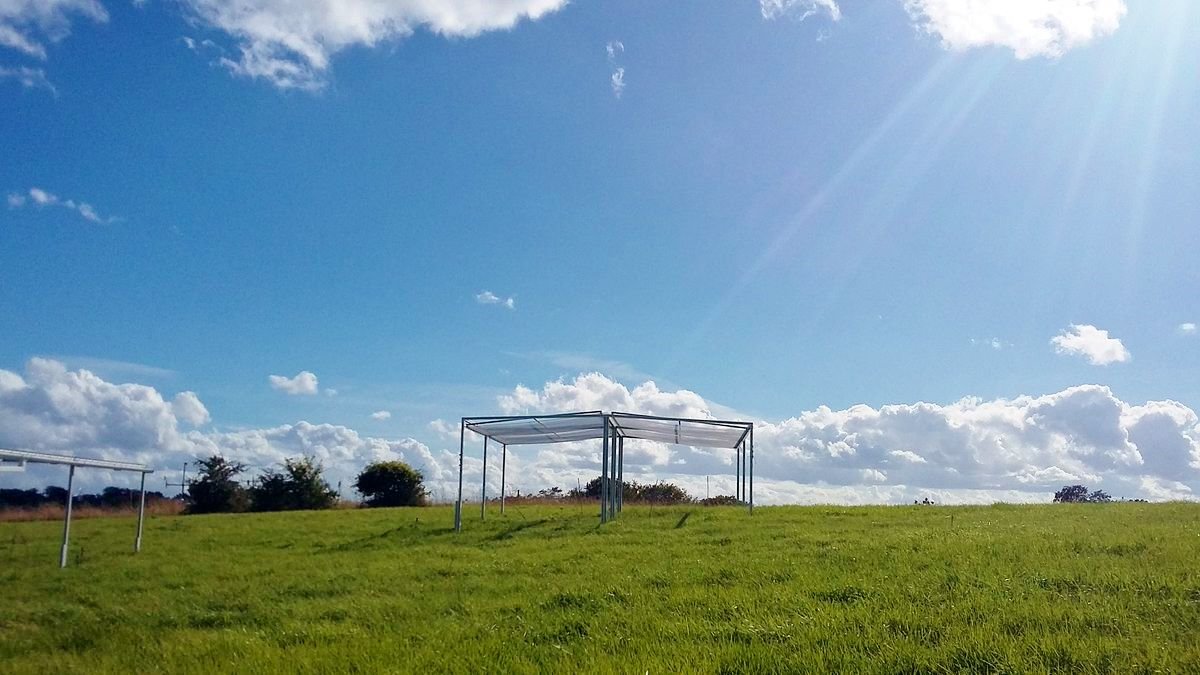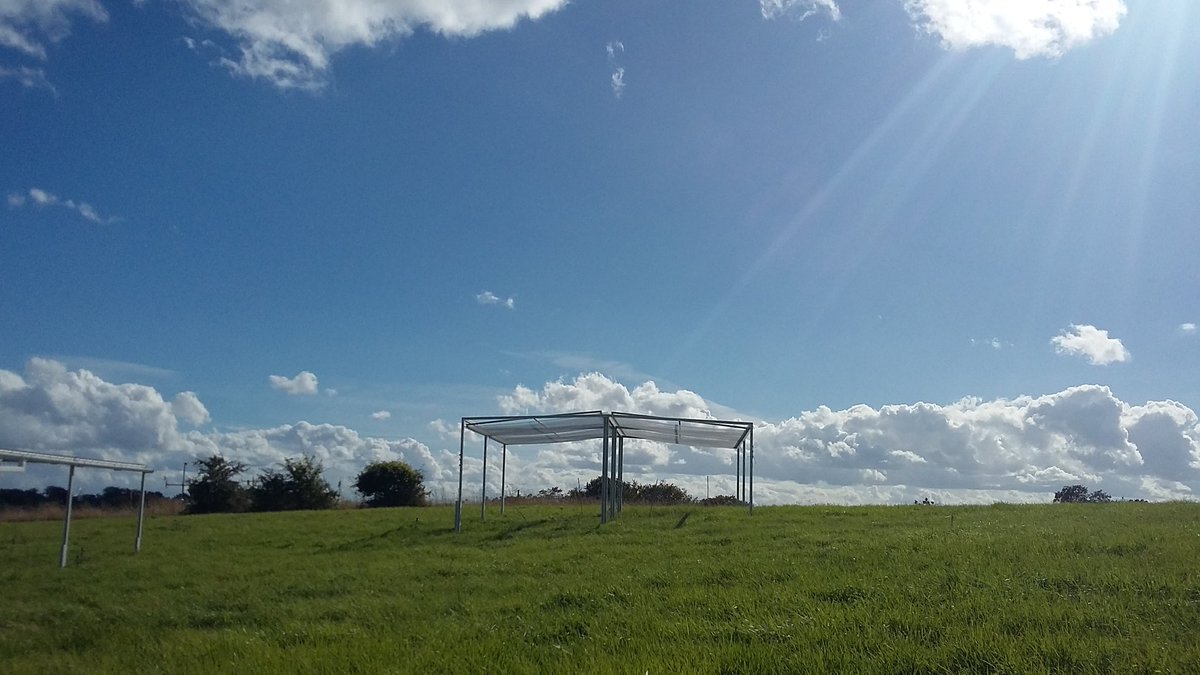England
ECT Media
Watch Sara Middleton’s webinar Plant Life Stories From The First 8 Years
Blog by Jonathan Silvertown: The Pre-history of RainDrop
Blog by Sarah Middleton: Beyond a green carpet, Welcome Collection
Watch this video which is part of the University of Oxford’s Laboratory with Leaves series:
Background
In partnership with Oxford University, The Open University, and the Patsy Wood Trust, we have established a new long-term experiment to meet the challenges of 21st century research.
Using state-of-the-art equipment and cutting edge knowledge, this experiment examines how changes in rainfall will affect grassland resilience to environmental change.
RainDrop adheres to the Drought-Net experimental protocol, forming part of a global network of sites assessing terrestrial ecosystem sensitivity to drought. Adjacent to the site is an Environmental Change Network monitoring site.

























Experimental design
Situated on species-rich calcareous grassland the experiment has five replicate blocks.
Each block contains eight plots, with the following treatments:
+50% rainfall (May - September)
-50% rainfall (May - September)
procedural control - roof structure in place allowing unimpeded rainfall
ambient control - unroofed
four spare plots for future experimental use
The whole area will be managed with a mid- and late-season hay cut.
The experiment will provide an international, scientific platform for climate change and ecosystems research. Having completed its first field season in 2016, we are now inviting researchers and institutions to consider how they could use the site to progress their scientific studies. Please get in touch to discuss potential projects and opportunities for collaboration. Contact: Ben Sykes
To stay up-to-date with the latest developments, please visit the Experiment Blog.






